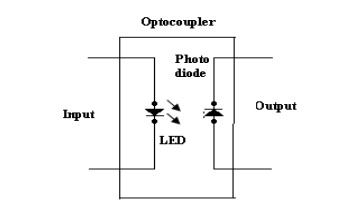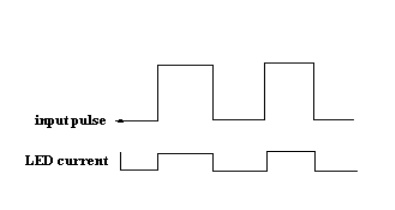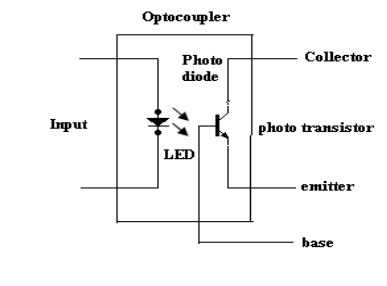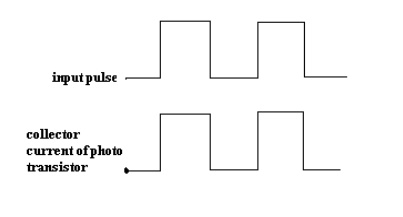Optocouplers or Optoisolators is a combination of light source & light detector in the same package.
· They are used to couple signal from one point to other optically, by providing a completer electric isolation between them. This kind of isolation is provided between a low power control circuit & high power output circuit, to protect the control circuit.
· Depending on the type of light source & detector used we can get a variety of optocouplers.
·
They are as follows,
(i) LED – LDR optocoupler
(ii) LED – Photodiode optocoupler
(iii) LED – Phototransistor optocoupler
Characteristics of optocoupler:
(i) Current Transfer Ratio(CTR)
(ii) Isolation Voltage
(iii) Response Time
(iv) Common Mode Rejection
(i) Current Transfer Ratio:
It is defined as the ratio of output collector current (Ic) to the input forward current (If)
CTR = Ic/If * 100%
Its value depends on the devices used as source detector. (ii) Isolation voltage between
input& output:
It is the maximum voltage which can exist differentially between the input & output without affecting the electrical isolation voltage is specified in K Vrms with a relative humidity of 40 to 60%.
(iii)Response Time:
Response time indicates how fast an optocoupler can change its output state. Response time largely depends on the detector transistor, input current & load resistance.
(iv)Common mode Rejection:
Eventhough the optocouplers are electrically isolated for dc & low frequency signals, an impulsive input signal (the signal which changes suddenly) can give rise to a displacement currentIc= Cf*dv/dt. This current can flow between input & output due to the capacitance Cf existing between input & output. This allow the noise to appear in the output.
Types of optocoupler:
(i) LED – Photodiode optocoupler:


· LED photodiode shown in figure, here the infrared LED acts as a light source & photodiode is used as a detector.
· The advantage of using the photodiode is its high linearity. When the pulse at the input goes high, the LED turns ON. It emits light. This light is focused on the photodiode.
· In response to this light the photocurrent will start flowing though the photodiode. As soon as the input pulse reduces to zero, the LED turns OFF & the photocurrent through the photodiode reduces to zero. Thus the pulse at the input is coupled to the output side.
(ii) LED – Phototransistor Optocoupler:


· The LED phototransistor optocoupler shown in figure. An infrared LED acts as a light source and the phototransistor acts as a photo detector.
· This is the most popularly used optocoupler, because it does not need any additional amplification.
· When the pulse at the input goes high, the LED turns ON. The light emitted by the LED is focused on the CB junction of the phototransistor.
· In response to this light photocurrent starts flowing which acts as a base current for the phototransistor.
· The collector current of phototransistor starts flowing. As soon as the input pulse reduces to zero, the LED turns OFF & the collector current of phototransistor reduces to zero. Thus the pulse at the input is optically coupled to the output side.
Advantages of Optocoupler:
· Control circuits are well protected due to electrical isolation.
· Wideband signal transmission is possible.
· Due to unidirectional signal transfer, noise from the output side does not get coupled to the input side.
· Interfacing with logic circuits is easily possible.
· It is small size & light weight device.
Disadvantages:
· Slow speed.
· Possibility of signal coupling for high power signals.
Applications:
Optocouplers are used basically to isolate low power circuits from high power circuits.
· At the same time the control signals are coupled from the control circuits to the high power circuits.
· Some of such applications are,
(i) AC to DC converters used for DC motor speed control
(ii) High power choppers
(iii) High power inverters
· One of the most important applications of an optocoupler is to couple the base driving signals to a power transistor connected in a DC-DC chopper.
· Note that the input & output waveforms are 180º out of phase as the output is taken at the collector of the phototransistor.

